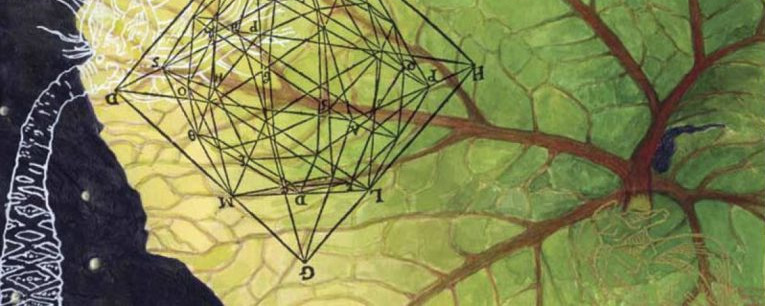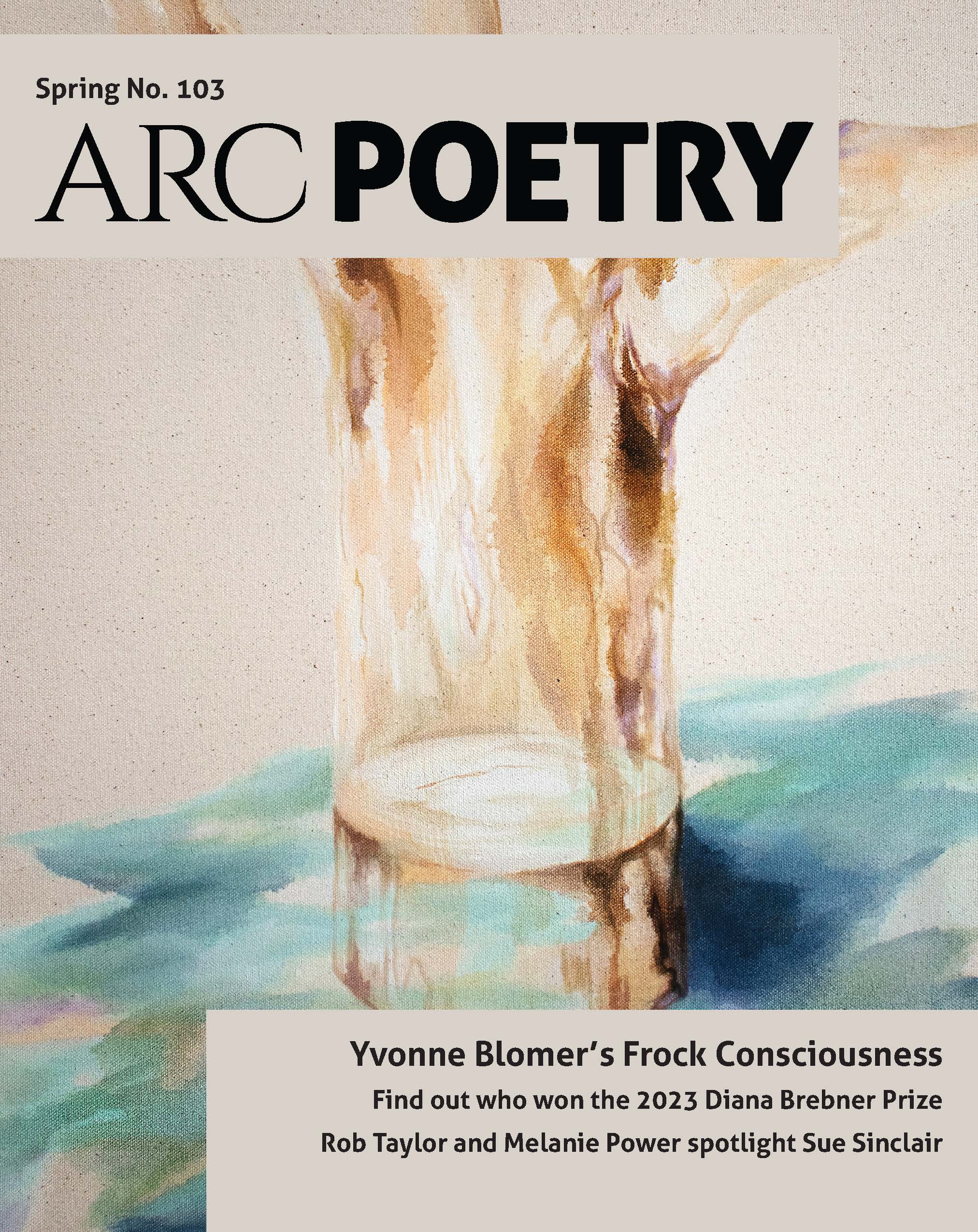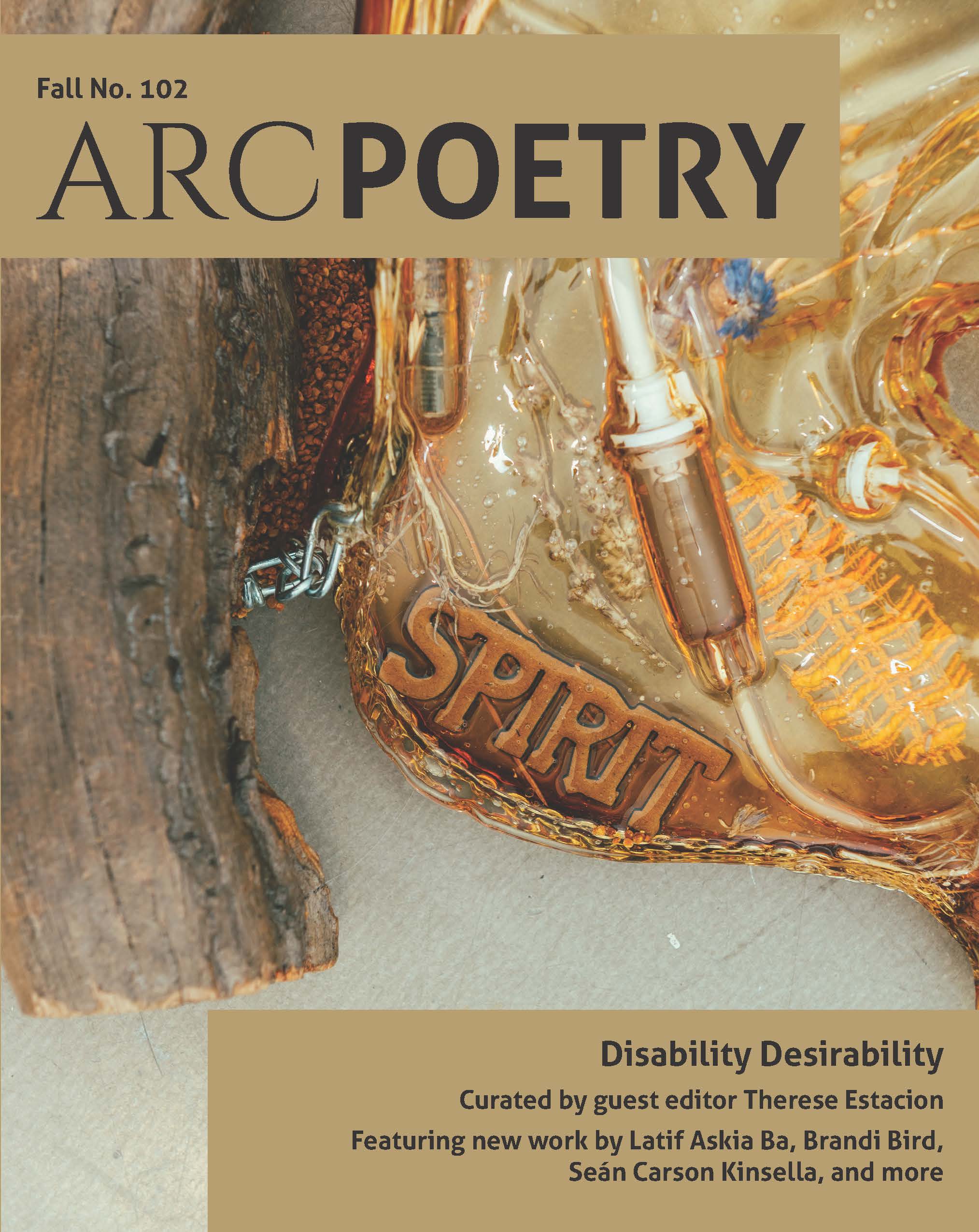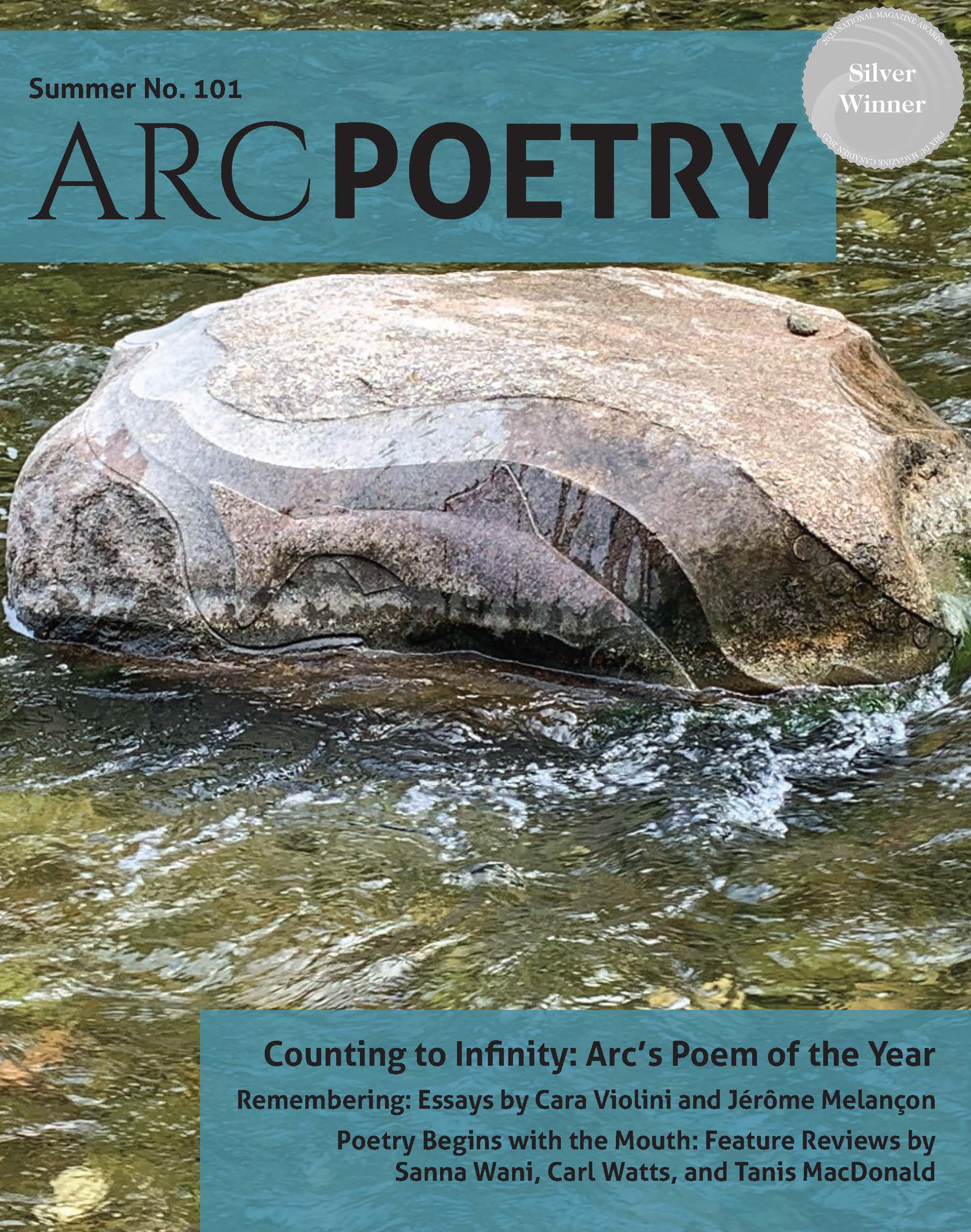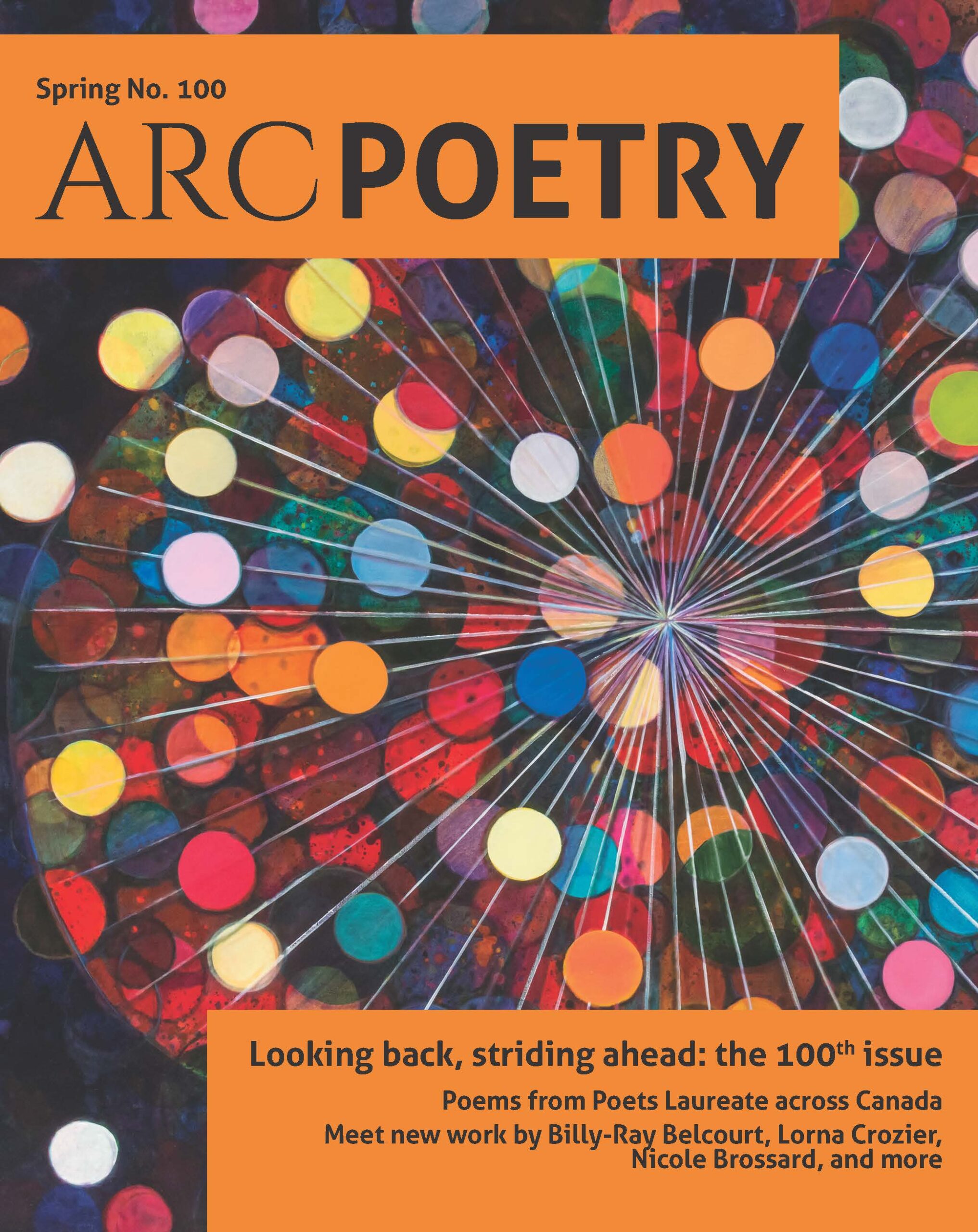The poetics of code, and code as poetry, the inner lives of parasites, and Pluto and power saws finely wielded.
In This Issue
The issue explores the intersection between literature and science through a variety of experiments, collisions and conversations.
As an adjunct to the issue, the Quarc team has created Quarc.ca as a hub for Quarc-related projects, posts, and points of interest. Check in regularly for features to be revealed over the next few months.
Best of all, everyone who purchases this issue will be eligible for a special deal on a subscription to both magazines, magazines that are changing the landscape of literary periodicals in Canada. For more information on special Quarc subscription deals click here.
Quarc highlights include Alice Munro on the 19th-century Russian mathematician Sophia Kovalevsky; Joan Thomas on the pioneering amateur paleontologist Mary Anning; Don McKay on Newfoundland geologist Hank Williams, an expert on plate tectonics; P.K. Page with a glosa on one of 17th-century poet Margaret Cavendish’s “atomic” poems; Alice Major on light, colour, and the nature of tragedy; Danielle Devereaux on ecologist Rachel Carson; and Robyn Sarah on Jacob Bronowski, author of Science and Human Values.
There are essays and interviews exploring—or enacting—science as metaphor (Jim Johnstone, Shane Nielson, Jeffery Donaldson and Monica Kidd), literature as experiment (Christian Bök and Matthew Tierney), and code as poetry (Aradhana Choudhuri).
A gathering of fiction and poetry on themes scientific and speculative (though also, of course, on faith and love) includes Miranda Hill’s debut fiction “Rise: A Requiem” and an excerpt from Sean Michael’s novel-in-progress on the inventor of the theremin, an early electronic instrument played, mysteriously, without contact from the player’s hands. A comic Bestiary emerged in the random particles of our submissions: poems by Bruce Taylor on Anton Van Leeuwenhoek, the father of microscopy, and the teeming life of pond scum; by Patricia Young on the reproductive lives of animals; by Monty Reid on parasites (!); and an early effort by Margaret Atwood (age seven or eight) called “Annie the Ant.” And if parasites and the weird amorous antics of animals aren’t creepy enough, poet Erling Friis-Baastad takes us on a journey to the Exoplanets where wonder is dogged by fear.
The twin covers of the issue are designed by artist and illustrator Sylvia Nickerson and each side includes a series of artifacts: Thaddeus Holownia’s exquisite photographs of bird eggs, paired with poems by Harry Thurston and framed by essays on the symbolic, mythological, and biological history of eggs and Bob Bean’s photographs of scientific instruments from the collection of the Canada Science and Technology Museum.


